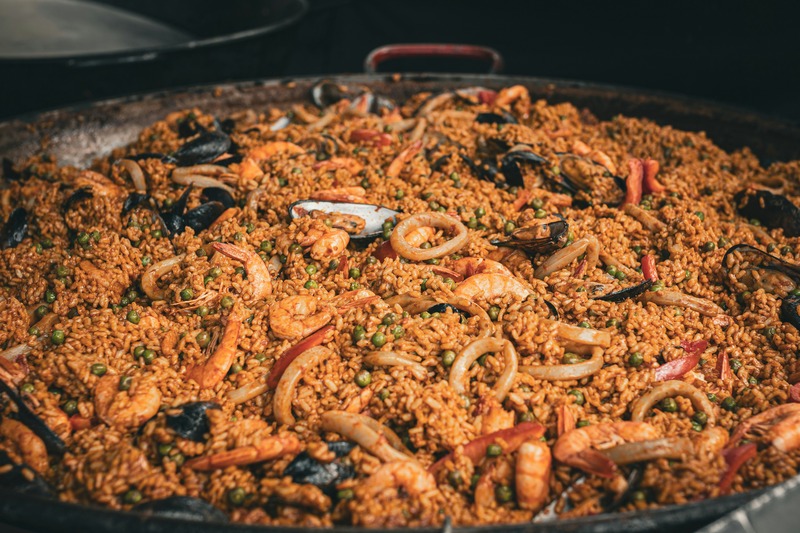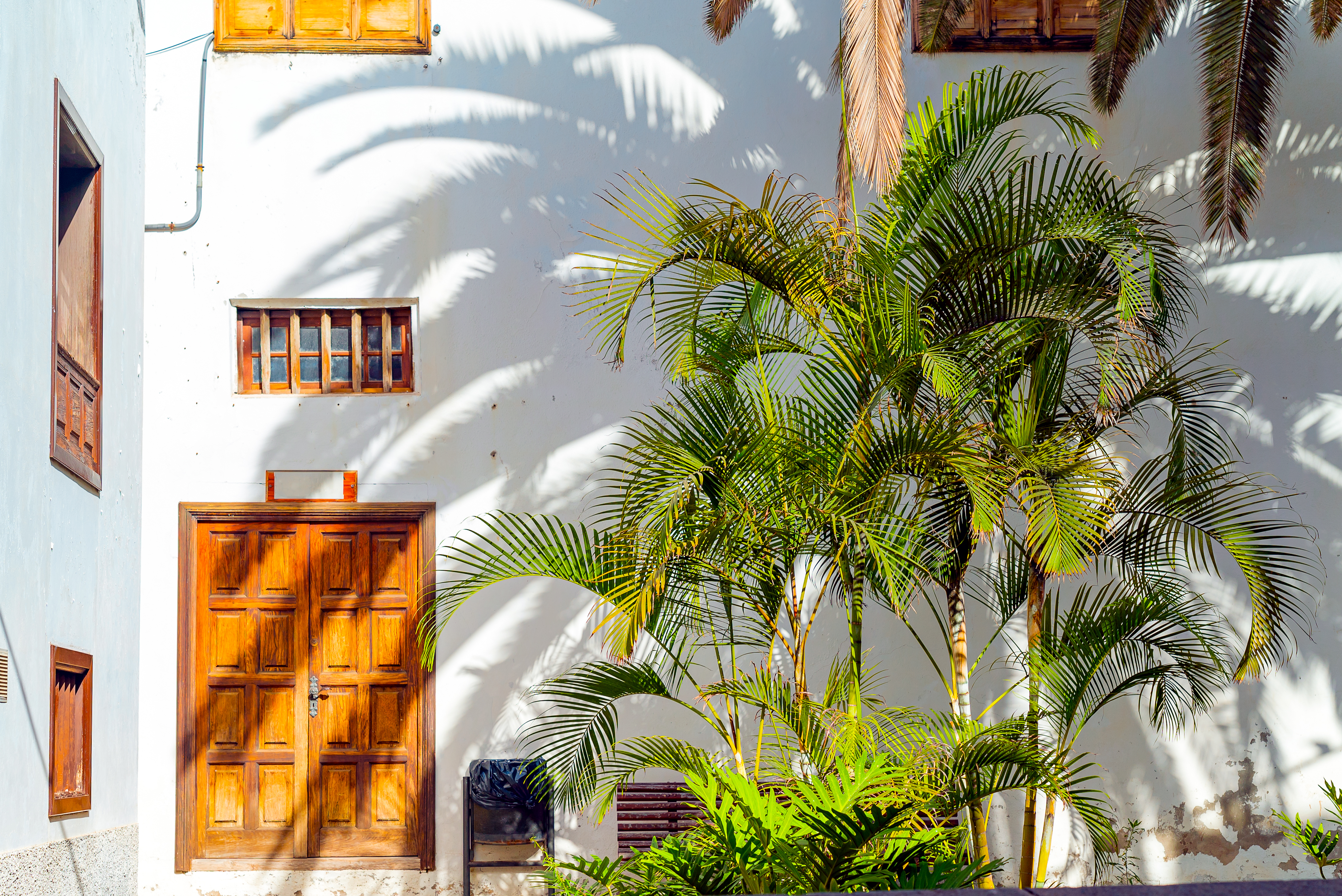Here in the Valencian Community, the region stretching from Castellón down past Valencia and Alicante, paella is not just a dish. It’s a language, a Sunday ritual, and a fiercely protected piece of our cultural identity. For those of us living in its birthplace, watching the world interpret our most famous culinary export can be both wonderful and, at times, bewildering.
You’ve likely seen it on menus worldwide: "Spanish Paella," a dish often bright yellow with food coloring, overloaded with chorizo, peas, and a jumble of other ingredients. While it might be tasty, it often bears little resemblance to the authentic, nuanced dish we cherish here. Finding an authentic seafood paella recipe can be difficult, but it's worth it.
This guide will clear up the myths and dive into the world of real paella, the way it’s made and enjoyed right here on the Costa Blanca.
The 6 Sacred Rules for Making Authentic Paella
Before you even light the flame, understand that making paella is governed by a set of unwritten, sacred rules that have been passed down through generations.
- It's a Lunch Dish, Period. This is perhaps the most important rule. Paella is a heavy, leisurely meal designed to be enjoyed in the middle of the day, preferably with friends and family, followed by a lengthy conversation (sobremesa) or a siesta. Ordering paella for dinner is the number one sign of a tourist.
- The Pan is Everything. The dish is named after the pan it’s cooked in: a wide, shallow, two-handled steel pan called a paella. Its shape is crucial; it allows the liquid to evaporate evenly and maximizes the amount of rice touching the bottom of the pan.
- Respect the Rice. You cannot use just any long-grain or basmati rice. Authentic paella requires a Spanish short-grain variety, like Bomba or Calasparra. These grains are exceptional at absorbing vast amounts of liquid (and thus, flavour) without breaking down, ensuring each grain remains distinct.
- The Holy Trinity: Sofrito, Stock, and Saffron. The soul of the paella comes from its flavour base. This starts with a good sofrito (a slow-cooked base of olive oil, tomato, garlic, and paprika), followed by a high-quality stock (caldo), which is the lifeblood of the dish. Finally, real saffron (azafrán) provides the delicate aroma and signature golden hue—not a shocking yellow from artificial colorants.
- Thou Shalt Not Stir. Once the stock is added to the rice, you stir it once to distribute everything evenly, and then your work is done. Put the spoon down! Stirring releases the starch from the rice, resulting in a creamy, risotto-like texture, which is the exact opposite of what you want.
- All Hail the Socarrat. The mark of a truly great paella is the socarrat. This is the slightly caramelized, crispy, and intensely flavorful layer of rice that forms on the bottom of the pan. It’s the treasure that everyone fights over, scraping it from the pan with their spoons.
Types of Paella: Beyond the Classic Valenciana
While the world knows one dish called "paella," here in the Valencian Community, it’s a whole family of rice dishes. The original, the ancestor of them all, is the Paella Valenciana. Born in the farmlands around the Albufera lake near Valencia city, it’s a rustic, land-based dish made with chicken, rabbit, green beans, and garrofó (a type of local lima bean).
But here on the Costa Blanca, the culinary traditions are tied to the sea. While we respect the original, our local paellas celebrate the Mediterranean’s bounty. The most common you'll find are:
- Paella de Marisco (Seafood Paella): The star of the coast. A beautiful arrangement of prawns, langoustines, mussels, and squid on a bed of saffron-infused rice.
- Arroz a Banda: A humble masterpiece where the rice is the hero. It's cooked in a rich fish broth and served separately from the fish it was cooked with, or with simple, peeled seafood on top.
- Arroz Negro: A visually stunning dish where squid ink turns the rice a deep black, imparting a unique, savory flavour.
Authentic Seafood Paella Recipe (Paella de Marisco)
This recipe will bring the authentic taste of a Jávea beachfront restaurant to your own home.
- Serves: 4 people
- Equipment: A 40-45 cm paella pan
Ingredients:
- 400g Spanish Bomba rice
- 1.2 litres high-quality fish stock (caldo de pescado)
- 8 large king prawns (langostinos)
- 12-16 fresh mussels, cleaned
- 200g calamari, cleaned and sliced into rings
- 1 large, ripe tomato, grated
- 3 cloves of garlic, minced
- 1 tsp sweet Spanish paprika (pimentón dulce)
- A generous pinch of saffron threads
- Extra virgin olive oil
- Salt
- 1 lemon, for serving
Instructions:
- Prepare your Stock: Gently warm the fish stock in a separate saucepan. Add the saffron threads to infuse. Keep it at a low simmer.
- Sauté the Seafood: Pour a good glug of olive oil into your paella pan over medium-high heat. Add the king prawns and sear for 1-2 minutes per side until pink. Remove and set aside. In the same oil, sauté the calamari rings for a couple of minutes until just opaque. Remove and set aside.
- Make the Sofrito: Lower the heat. In the same flavourful oil, add the minced garlic and cook for 30 seconds. Add the grated tomato and the paprika, stirring well. Cook this base slowly for 5-7 minutes until it becomes a dark, fragrant paste.
- Add the Rice: Add all the rice to the pan. Stir it constantly for 2 minutes, making sure every grain is coated in the sofrito. This toasting step is vital.
- The Big Moment: Pour all of the hot, saffron-infused stock into the pan. Bring it to a strong boil for a minute, then reduce the heat to a medium, steady simmer. Stir everything ONCE to ensure the rice is evenly distributed. Put your spoon away and do not stir again!
- Simmer and Arrange: Let the paella simmer for about 10 minutes. At this point, arrange the cooked calamari, the seared prawns, and the fresh mussels on top of the rice, pressing the mussels in slightly.
- Final Cook: Continue to simmer for another 8-10 minutes. The rice should now have absorbed all the liquid. Listen carefully—you may hear a slight crackling. This is the socarrat forming. You can turn the heat up for the last 60 seconds to encourage this.
- The Sacred Rest (Reposo): Remove the pan from the heat. Cover it loosely with a clean kitchen towel or foil and let it rest for at least 5 minutes. This step is non-negotiable; it allows the flavours to meld and the rice to finish cooking perfectly.
Serve at the center of the table with lemon wedges for squeezing over. For the most authentic experience, give everyone a spoon and eat directly from the pan. It's more than a meal—it's an event, a celebration of food, sun, and good company. ¡Buen provecho!




